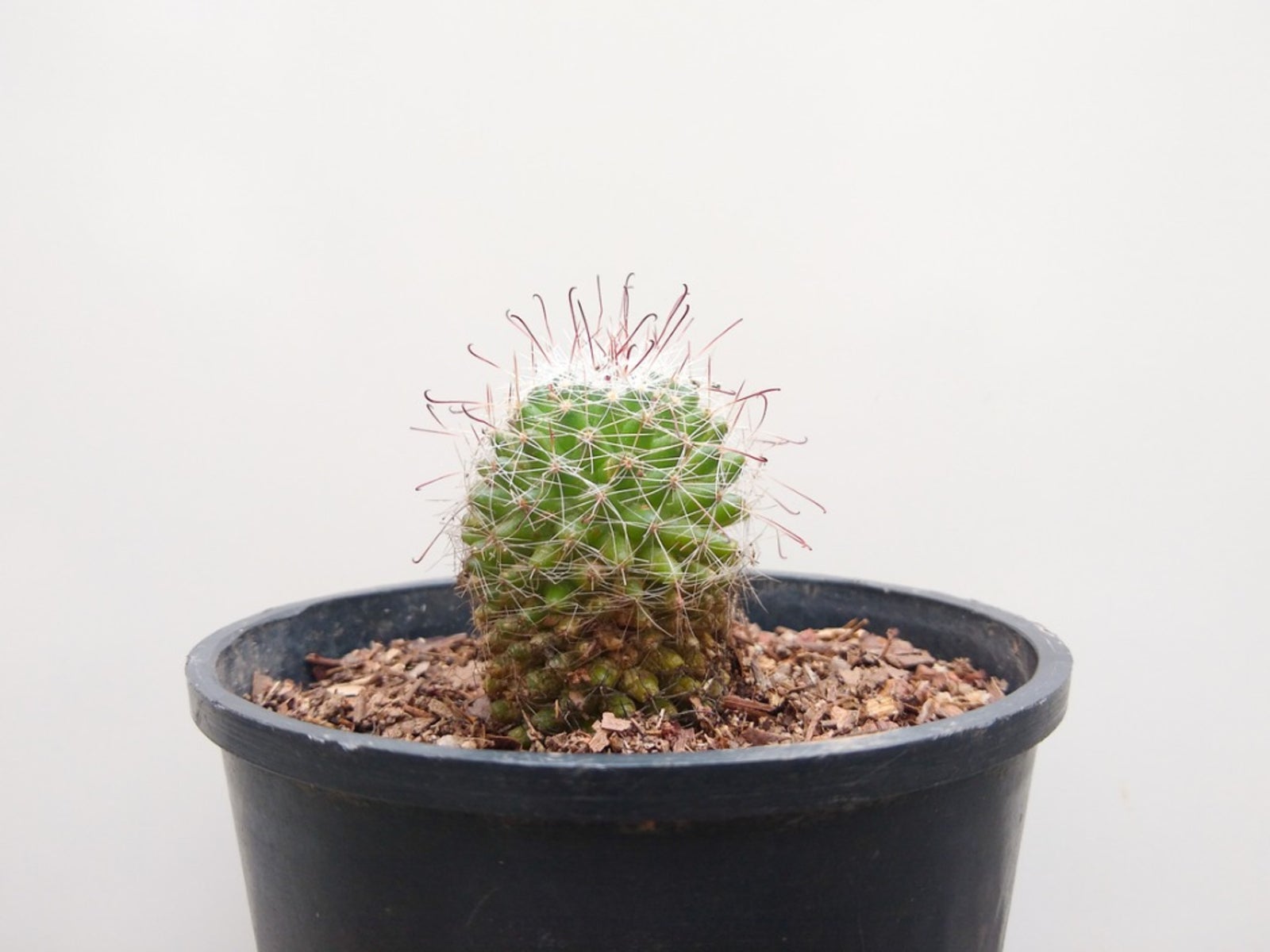Tips For Growing Pincushion Cactus In The Garden


Growing pincushion cactus is an easy gardening project for the novice gardener. The plants are drought tolerant and native to the arid upper Sonoran desert. They are small cacti that make excellent additions to succulent displays. Pincushion cactus plant is a perennial that is most often found in heavily grazed pastureland and woody scrub.
Pincushion Cactus Plant Varieties
Pincushion cactus is a member of a family called Mammillaria, which includes 250 species of cactus. Some of the species of pincushion have colorful names.
- The Giant Snake or Crawling Log cactus (Mammillaria matudae) produce long stems.
- Snowball cushion cactus (Mammillaria candida) is a ball-shaped plant with white felt or fuzz on the skin of the plant.
- Old Lady cactus (Mammillaria hahniana) is a solitary cactus with white, fuzzy, hair-like spines and purplish red flowers.
- There are also Powder puff (Mammillaria bocasa-na) and Rose (Mammillaria zeilmanniana), among many others.
Cactus and succulent stores can provide you with more pincushion cactus information.
Pincushion Cactus Information
Pincushion cacti are small, squat plants that usually don't grow more than 6 inches (15 cm.) in height. They can be ball or barrel shaped, and are native to the warmer regions of the United States. The pincushion cactus plant is most commonly grown indoors but it can tolerate some chilling temperatures if grown outside. Pincushion cactus is so called because it is covered in white spines over the entire surface of the plant. It is a very prickly little specimen that is best handled with thick gloves.
Growing Pincushion Cactus
Pincushion cactus care is very simple and suitable for the beginning gardener. Cactus plants are used to dry conditions and limited fertility. The soil for a pincushion needs to be well drained and gritty. The soil needs to dry out between watering, which is best accomplished with a sandy topsoil. The cactus goes dormant in winter and needs no additional irrigation until spring. Potted plants do well in unglazed clay pots, which allow any extra moisture to evaporate. Temperatures should be between 50 and 75 degrees F. (10-24 C.). Small gravel spread around the base of the plant out to the root zone will act as a mulch to deter stem rot. The cactus produces offsets when it is mature. These can be divided from the mother plant and potted in a sandy soil mixture. You can also start the plants from seed in spring. Plant seed in a flat filled with cactus mix. Surface sow and then sprinkle sand lightly over the top and moisten the soil evenly. Place the flat in a warm location of at least 70 degrees F. (21 C.). Keep seeds wet when growing pincushion cactus. Seedlings are transplanted when they can easily be moved.
Flowering Pincushion Cactus
If optimum heat and watering conditions are met, the pincushion cactus may reward you with flowers in spring. Enhance the chance of blooming by holding off watering until several weeks into spring. You can also apply a cactus food in early spring to give the plant the nutrients it needs to produce blooms.
Gardening tips, videos, info and more delivered right to your inbox!
Sign up for the Gardening Know How newsletter today and receive a free copy of our e-book "How to Grow Delicious Tomatoes".

Bonnie Grant is a professional landscaper with a Certification in Urban Gardening. She has been gardening and writing for 15 years. A former professional chef, she has a passion for edible landscaping.
-
 Try The Trend – Turn Any Bed Into A Keyhole Garden With This Clever In-Ground Composter
Try The Trend – Turn Any Bed Into A Keyhole Garden With This Clever In-Ground ComposterKeyhole gardening is an efficient and sustainable practice that saves space. Get started on this DIY project quickly and easily with an in-ground composter.
By Bonnie L. Grant
-
 4 Superfast Composting Methods: Turn Waste Into Garden Gold In 30 Days Or Less
4 Superfast Composting Methods: Turn Waste Into Garden Gold In 30 Days Or LessTry the fastest composting methods to turbocharge your pile and transform kitchen scraps and garden waste into finished compost in just a few weeks.
By Mary Ellen Ellis